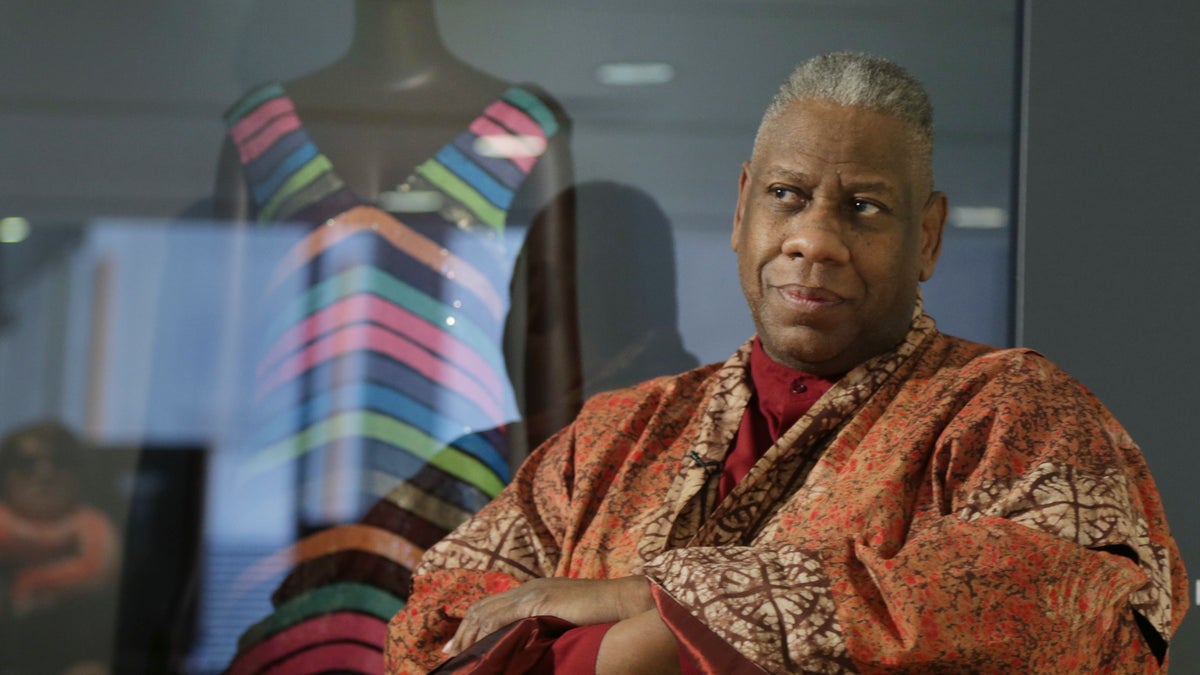
In photos: Tracing the influence of Indian craftsmanship on the global fashion industry
[ad_1]
All photos courtesy of Inspired by India, Roli Books.
In Louis XIV’s France, Indian calicos and chintz were so widely coveted that the government was forced to ban their import and sale. Yet French aesthetes continued to wear them indoors, privately flouting the law. Fashion history is replete with similar anecdotes of Europeans’ fascination with Indian fabrics and design. In Inspired by India, fashion researcher and journalist Phyllida Jay charts a compelling narrative of India’s role in global design from the 1600s to the present. She raises concerns about colonial exploitation and cultural appropriation that, in the early days, led to much of Indian design’s proliferation. For instance, she notes that, in the late 18th century, the Scottish town of Paisley became so successful in cheaply reproducing Kashmiri shawls that the Kashmiri buta motif has been better known as “paisley” ever since.
Rising from this complex history, Jay envisions a hopeful vision for future collaboration—a testament to which is Sabyasachi Mukherjee’s collaboration with Christian Louboutin—wherein “cultures can inform one another in respectful, productive, and mutually constitutive, rather than exploitative ways”. The book is committed to redressing the omission of Indian artistry from global luxury narratives by positioning it—not merely as an obscure step in international supply chains or as exotic fodder for Western imaginations—but as the mainstay of several pivotal design developments, be it in silhouette or embellishment.
Jay writes, “…to the current pantheon of European craft traditions, we must add new locales, excavate their own histories of luxury and craft, and fundamentally rethink the way we understand the global geography of artisanal excellence.”
Getty Images; Photo by Nina Leen/The LIFE Picture Collection
Reeves Wetherell using 30 feet of embroidered Indian sari cloth and matching skirt, part of a feature, in the 1948 edition of Life Magazine, on white society women wearing different national dresses from across the globe. A concept that would raise reasonable concerns of appropriation and cultural insensitivity today.
[ad_2]
Source link


